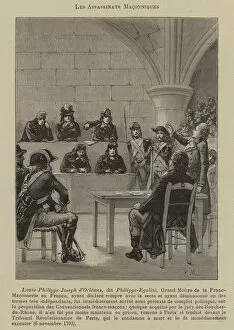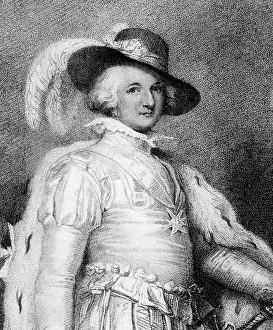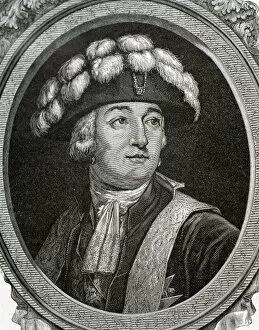Philippe Egalite Collection
Philippe Egalité, also known as Louis Philippe II, Duke of Orléans, was a controversial figure in French history
All Professionally Made to Order for Quick Shipping
Philippe Egalité, also known as Louis Philippe II, Duke of Orléans, was a controversial figure in French history. Born into the royal family during the tumultuous years leading up to the French Revolution, Philippe found himself torn between his loyalty to his family and his desire for political power. Despite being a member of the aristocracy, Philippe aligned himself with revolutionary ideals and even voted for the execution of King Louis XVI. This earned him the nickname "Egalité," meaning equality in French. However, Philippe's actions were often seen as self-serving and opportunistic. He constantly switched sides throughout the revolution in an attempt to secure his own position of power. Ultimately, he met a tragic end when he was guillotined during the Reign of Terror. Philippe Egalité's life serves as a cautionary tale about the dangers of political ambition and moral compromise. His legacy is one of complexity and contradiction, leaving historians to debate whether he was truly a champion of equality or simply a manipulative opportunist.











